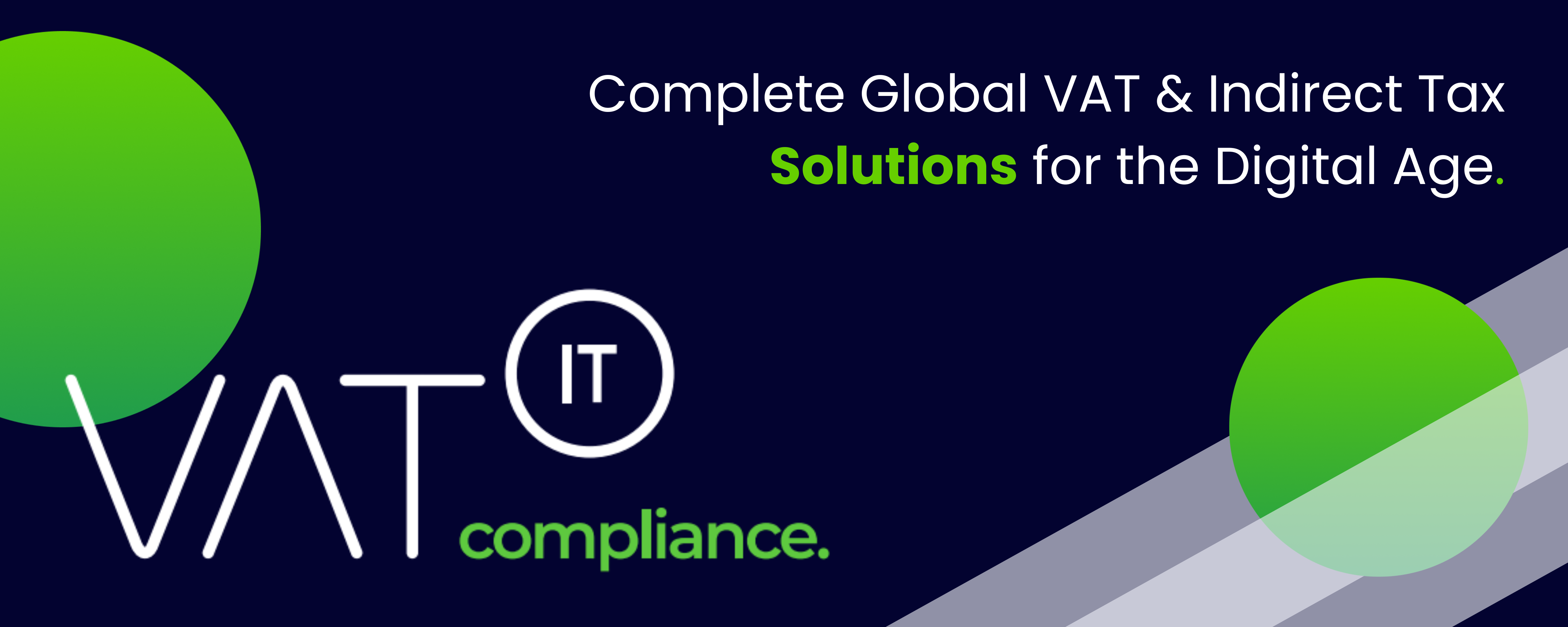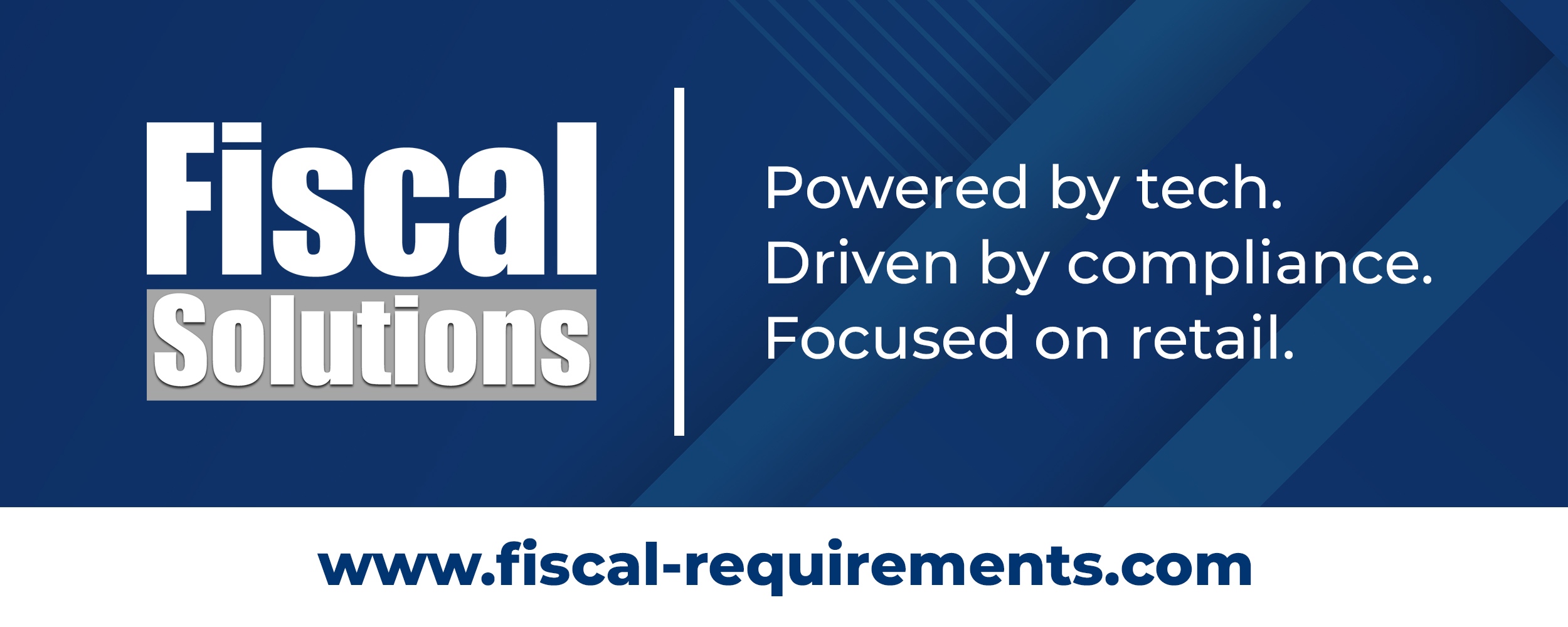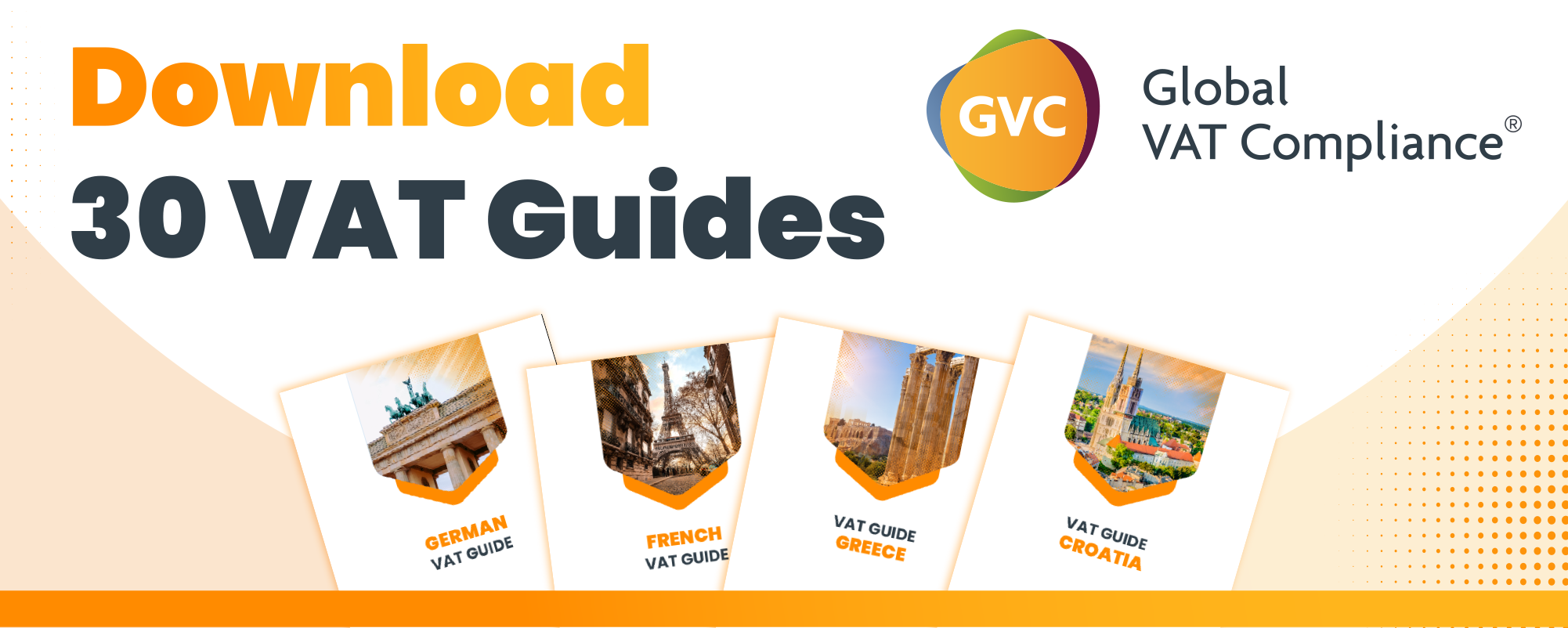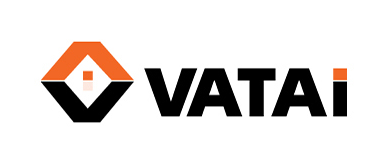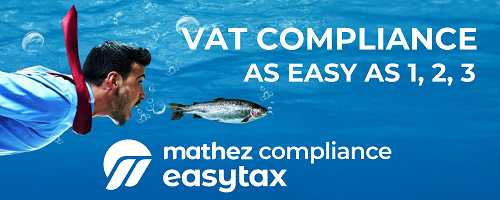In Peru, electronic invoicing or e-invoicing is regulated by the Tax Administration (SUNAT). E-invoicing is mandatory for all taxpayers who generate income, and it is aimed at reducing tax evasion and increasing efficiency in tax collection. Here’s how e-invoicing works in Peru:
- Register for electronic invoicing: To start using e-invoicing, businesses need to register with SUNAT and obtain a digital certificate.
- Generate the invoice: Once registered, businesses can generate invoices in XML format using their accounting or invoicing software. The invoice must contain certain mandatory fields such as the tax identification number of the supplier and the customer, the invoice number, date, and amount.
- Submit the invoice: The generated invoice must be submitted to SUNAT’s online platform within 24 hours of issuance. SUNAT checks the invoice for errors and validates it.
- Issue and send the invoice: Once the invoice is validated by SUNAT, it can be issued to the customer. The invoice can be sent to the customer via email or a secure online portal.
- Record the invoice: The electronic invoice must be stored in the business’s records for a period of 7 years.
- Report the invoice: Businesses must report the invoice to SUNAT along with other tax information in a monthly tax return.
Overall, e-invoicing in Peru streamlines the invoicing and tax collection process, reduces errors, and helps to combat tax evasion.
For other newsitems on E-Invoicing in Peru, click HERE



